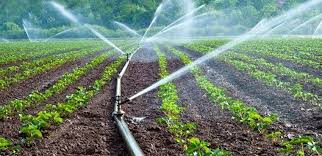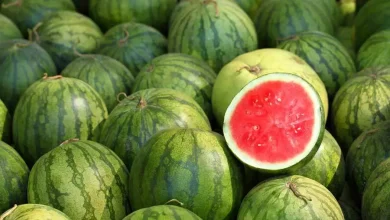Exports drive EAC trade boom as deficit narrows in Q2

ARUSHA: EXPORTS drove a strong expansion in the East African Community’s (EAC) international merchandise trade during the second quarter of this year, underscoring the region’s growing competitiveness in global markets, according to the latest EAC Quarterly Statistics Bulletin.
The bulletin, issued on Monday, said exports surged by 40.5 per cent to 18.6 billion US dollars, boosted by rising global demand for EAC products.
Imports rose more moderately by 18.8 per cent to 19.6 billion US dollars, lifting total trade to 38.2 billion US dollars from 29.7 billion US dollars recorded in the same quarter last year.
As a result, the trade deficit narrowed sharply to 0.9 billion US dollars from 3.2 billion US dollars a year earlier.
Trade with other African countries expanded by 42.9 per cent to 9.3 billion US dollars, accounting for nearly a quarter of total trade. Intra-EAC trade grew by 24.5 percent to 4.6 billion US dollars, representing 12.1 per cent of total trade.
The bulletin said the region also strengthened its commercial links with the Common Market for Eastern and Southern Africa (COMESA) and the Southern African Development Community (SADC), which contributed 9.9 and 15.2 per cent, respectively, to the total trade portfolio.
Strong demand from China, the United Arab Emirates, South Africa, Hong Kong and Singapore accounted for 62.8 per cent of total exports, compared with 40.1 percent a year earlier.
ALSO READ: Tanzania engages a Brazilian firm in the trading of biodiversity credits
“Malaysia and South Africa recorded the highest quarter-on-quarter export growth,” the Bulletin said.
The main export commodities, copper, precious stones and metals, coffee and tea, mineral fuels and ores, accounted for 79.6 per cent of total exports, up from 77.2 per cent in Q2 last year.
On the import side, China remained the leading source, contributing 4.7 billion US dollars or 24.2 per cent of the total. The UAE, India, South Africa and Japan also featured prominently.
Petroleum products (4.1 billion US dollars), machinery (1.8 billion US dollars), vehicles (1.5 billion US dollars), precious metals, plastics and iron and steel products were the major imports.
The bulletin said inflation remained high, with the EAC Harmonised Consumer Price Index showing annual headline inflation at 22.7 per cent in June 2025, slightly down from 24 percent in May, but still well above the 13.7 per cent recorded a year earlier.
It further said money supply (M3) grew by 19.1 per cent year-on-year, driven by a 19.2 per cent rise in private sector credit. Short-term interest rates increased in most Partner States, while Tanzania recorded the narrowest interest rate spread at 6.5 per cent.





